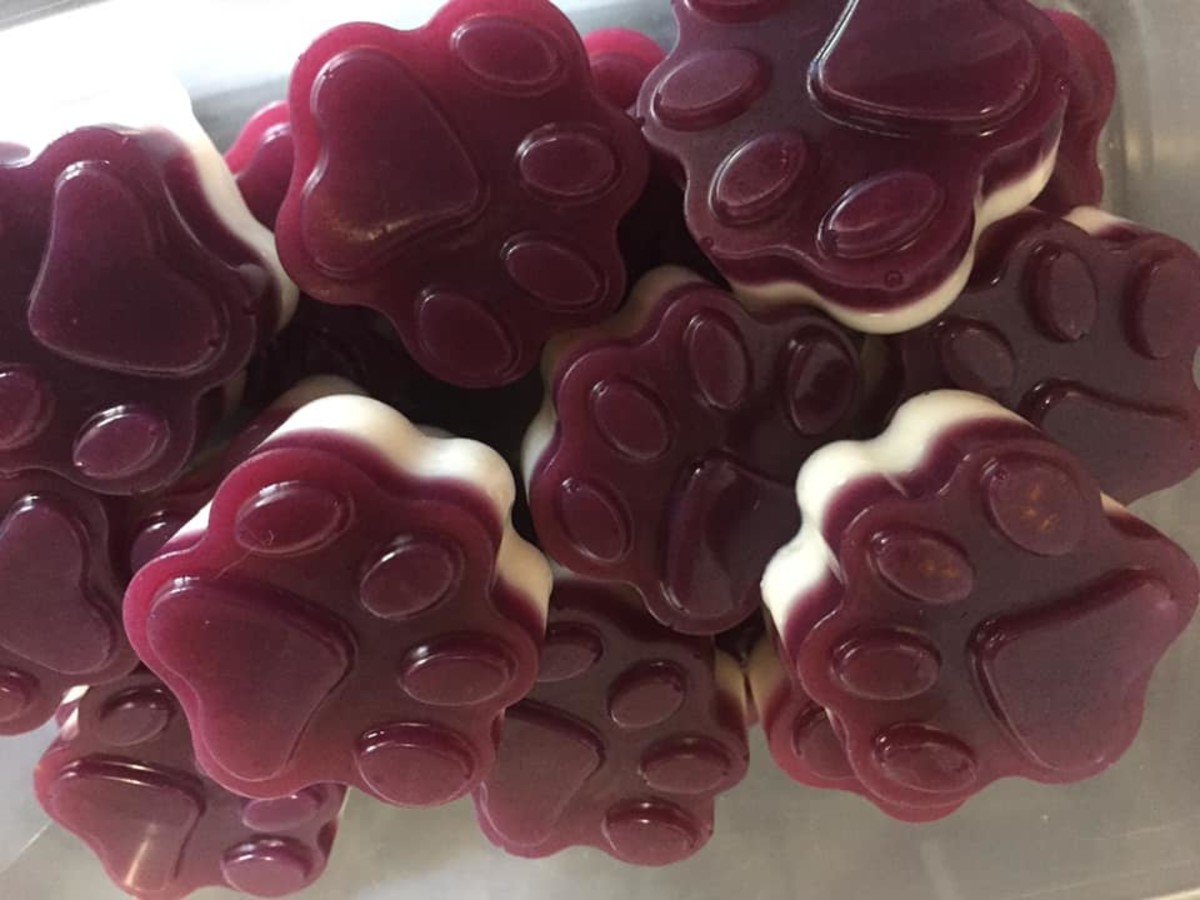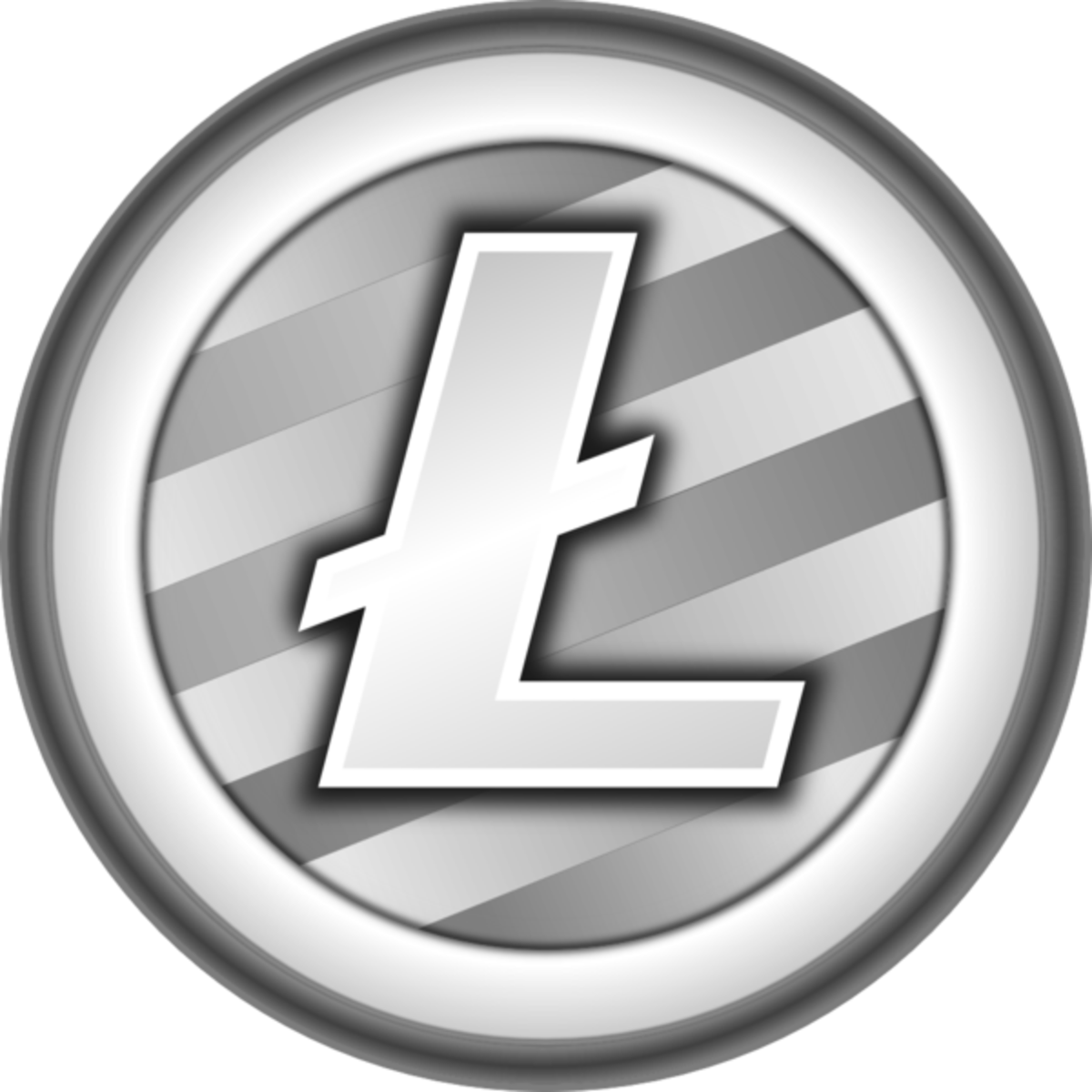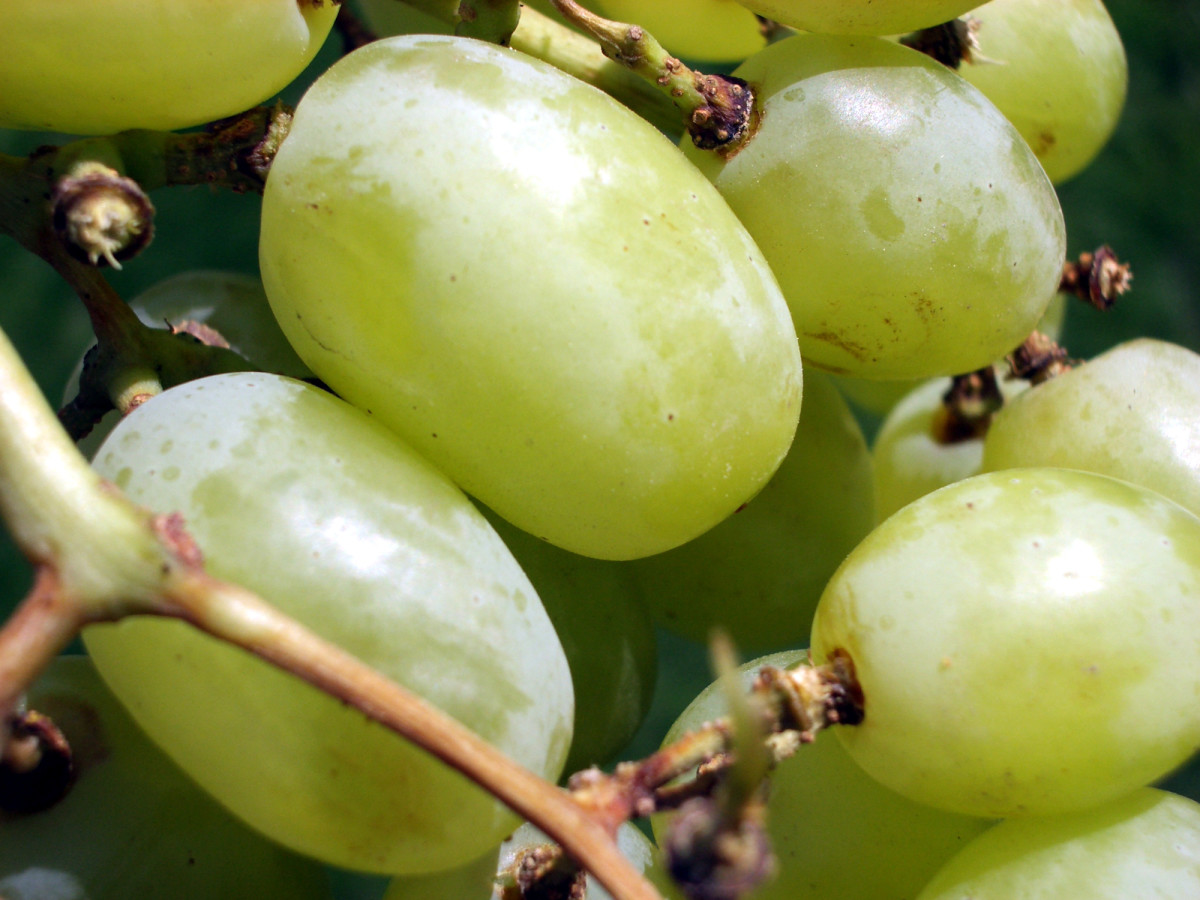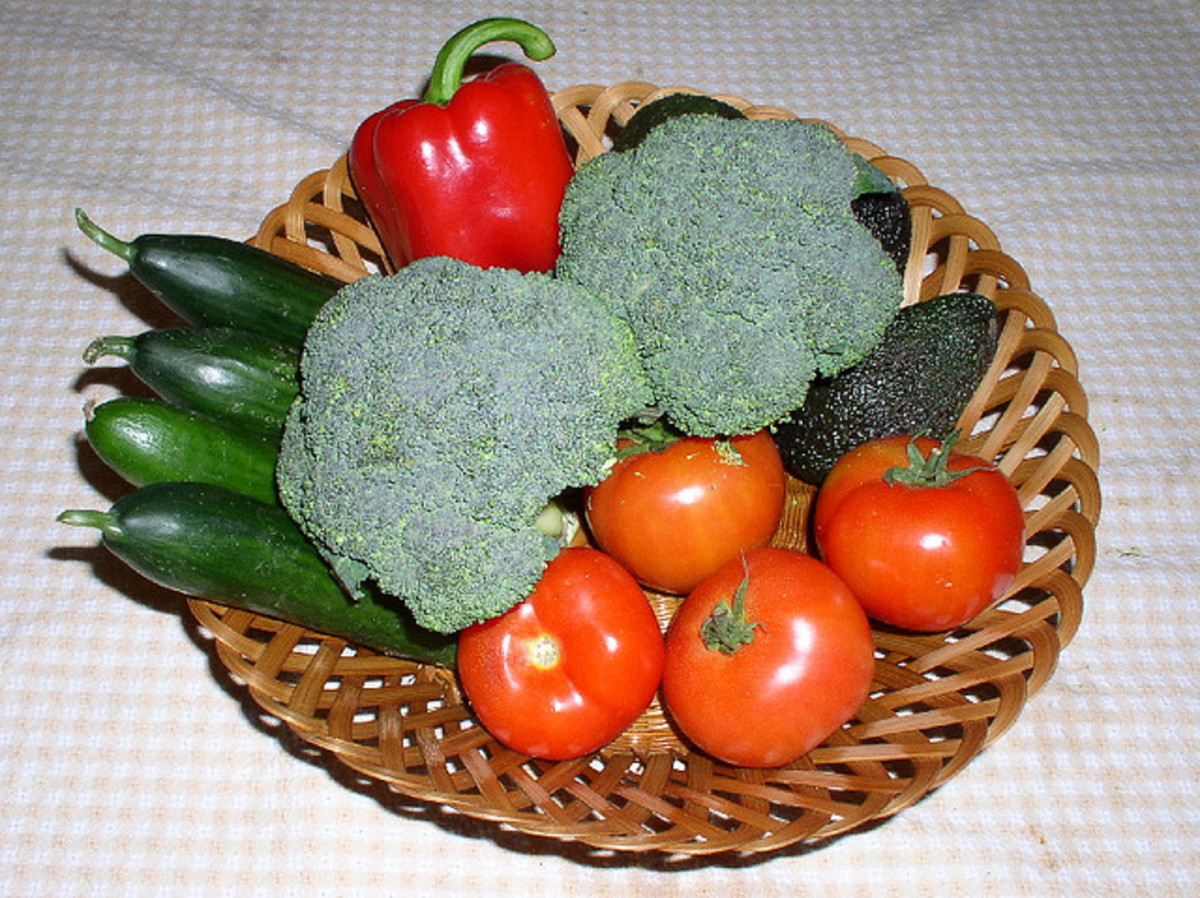Facts About Gelatin

Gelatine or gelatin (also known as gelatine hydrolysate, hydrolyzed gelatine, collagen hydrolysate, hydrolyzed collagen, and collagen peptides) is a flavorless, translucent, and colorless food ingredient, derived from collagen taken from animal body parts.
This protein is obtained by boiling skin, ligaments, tendons, and/or bones with water. It is often obtained from pigs or cows.
Since gelatin contains collagen (one of the materials that make up cartilage and bone), many people use it for treating osteoarthritis, rheumatoid arthritis and osteoporosis. Gelatin is also used for reducing wrinkles, the reason for this is that wrinkles appear when the collagen in your skin starts to break down.
Each key amino acid contained in gelatine has its own unique health benefits, such as glycine for increasing the production of gastric acids during digestion and improving sugar metabolism, alanine for treating low blood sugar, and arginine for promoting wound healing, improving heart conditions (by relaxing and opening arteries) as well as maintaining hormonal and immune function.
Powdered gelatin, as we can easily find it in the grocery store, can be mixed with hot water to act as the gelatinous base for many gelatin products like Jell-O, some cream cheeses, marshmallows, gummy bears, ice creams, and dips. It also serves as a thickener for savory sauces and soups.
Be careful with cheap brands of gelatin as they can have high levels of heavy metals, and this could lead to very serious health issues.

Differences Between Gelatin & Agar
Gelatin is not vegan, but "agar agar" which is often marketed as "gelatin" is vegan - it is made from a type of seaweed. Gelatin alternatives do not provide same health benefits as gelatin derived from animal parts, although they create similar culinary effects when used properly.
Gelatin and agar are often used as gelling agents in food, they are also used for biological purposes or in pharmaceutical industry. The name 'agar' is actually derived from the Malay word 'agar-agar', it is also known as Chinesegrass in India, and as Kanten in Japan.
Agar is a good source of fiber, iron and calcium. It has no calories, no fat, no carbs, and no sugar. It is free from soy, starch, wheat, yeast, gluten, corn, and preservatives. Agar is believed can help detoxify our body by acting as a mild laxative, as well as to help digestion. It absorbs bile and is said to help our body dissolve more cholesterol.
Is Gelatin & Pectin the Same Thing?
Both gelatin and pectin are widely used to thicken liquids to form a semisoid gel. Although two of them can be used to prepare products such as jellies, fruit spreads and jams, but they require different cooking methods due to their different properties.
Pectin is a source of fiber extracted from fruits, seeds and vegetables. This water-soluble fiber located in the cellular walls of fruit. Cherries, grapes, apples and citrus fruits like grapefruit and lemons have a high concentration of pectin whereas peaches and pears have a low level.
Pectin is also used in fillings, fruit juices, sweets, milk drinks, throat lozenges, laxatives, medicines and as a source of dietary fiber. People use pectin for high triglycerides, high cholesterol, and to prevent prostate cancer and colon cancer. It is also used for gastroesophageal reflux disease and diabetes.
Related Hubs
- Facts About Sugars
Today, many product manufacturers are very good at disguising the word “sugar”, they use other complicated words to mask its presence. Here are some of the common nicknames they use.. - Everything You Need To Know About Milk
According to an observational cohort study in Sweden, women consuming less than one glass of milk a day had almost half the mortality over 20 years compared to those women consuming more than 3 glasse








